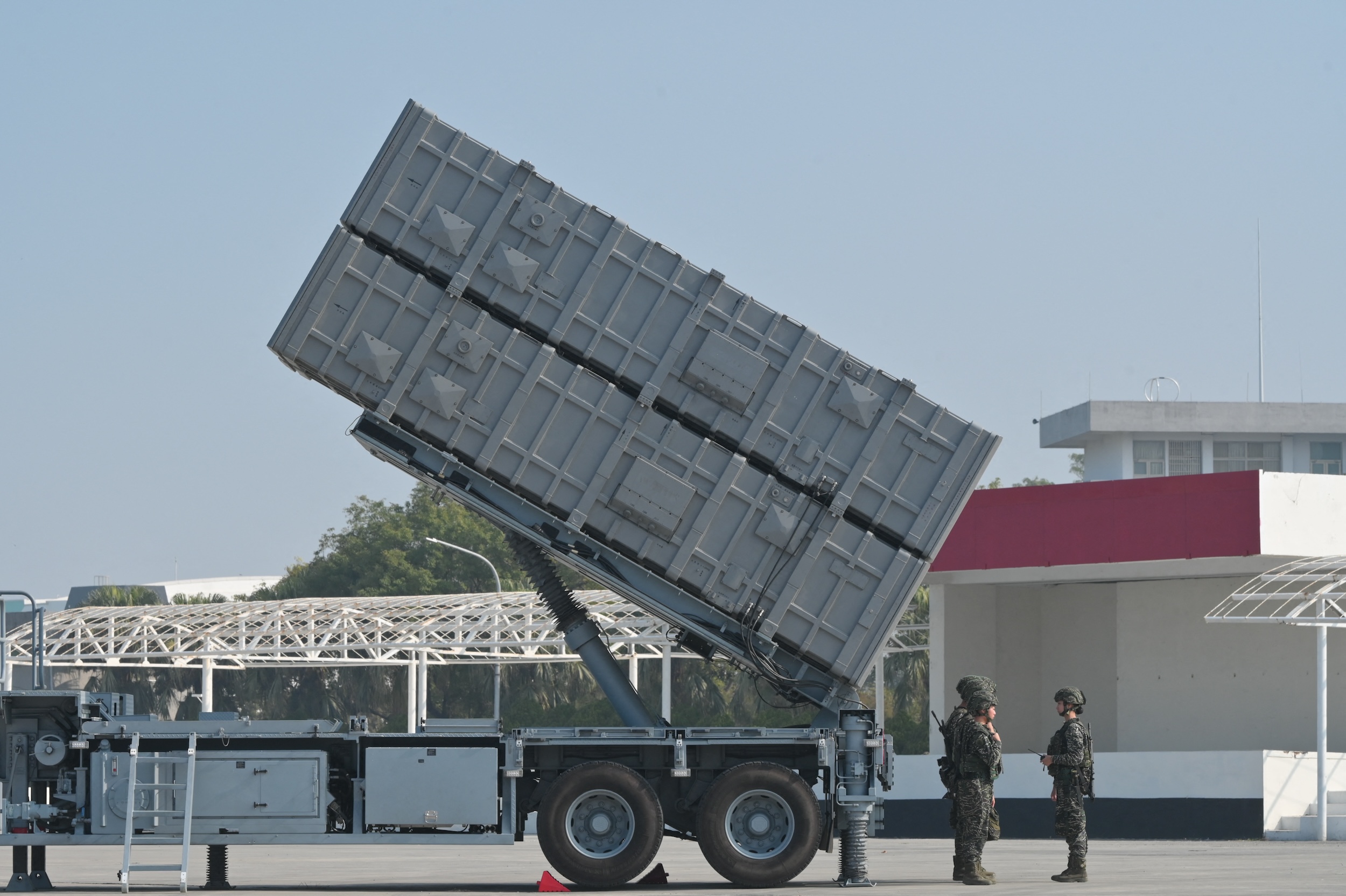Joseph S. Nye

Might China try to attack Taiwan by 2027? The outgoing chief of the US Indo-Pacific Command, Philip Davidson, thought so in 2021, and he recently reaffirmed his assessment. But whether the United States and China are destined for war over the island is another question. While the danger is real, such an outcome is not inevitable.
China considers Taiwan a renegade province and a remnant of the Chinese civil war of the 1940s. Although US-China relations were normalized in the 1970s, Taiwan remained a point of contention. Nonetheless, a diplomatic formula to paper over disagreement was found: Chinese on both sides of the Taiwan Strait agreed that there was just ‘one China’. For the Americans, refusing to recognize any de jure declaration of independence by Taiwan would ensure that the island’s relationship with the mainland would be settled by negotiation, not force. China, however, never ruled out the use of force.
For years, the US policy was known as ‘strategic ambiguity’, but it could be better described as ‘double deterrence’. The US wanted to deter China from using force, but also to deter Taiwan from provoking Beijing by declaring formal independence. That meant providing Taiwan with weapons for its self-defense, but not issuing a formal security guarantee, since that might tempt Taipei into declaring independence.
Thus, when I visited Beijing in 1995 as an official in the Clinton administration and was asked whether the US would really risk war to defend Taiwan, I replied that it was possible, though no one could be sure. I pointed out that in 1950, US Secretary of State Dean Acheson had declared Korea to be outside our defense perimeter; yet within the year, Chinese and Americans were killing each other on the Korean Peninsula. The lesson of history was that China should not take the risk.
The next year, after I had left government, I was asked to join a bipartisan group of former officials to visit Taiwan. We met with President Chen Shui-bian, whose previous ‘unofficial’ visit to the US had caused a crisis in which China fired missiles into the sea and the US deployed carriers off the coast of Taiwan. We warned Chen that if he declared independence, he could not count on American support. Such was ‘strategic ambiguity’.
For a half-century, despite differences of interpretation, the one-China formula and the US doctrine of strategic ambiguity kept the peace. But now, some analysts are calling for greater strategic clarity about the defense of Taiwan. They note that China has become much stronger than it was in 1971 or 1995, and that it is objecting more vociferously to episodes like then-Speaker of the House Nancy Pelosi’s visit to Taiwan in 2022. Adding further to the potential for instability, Taiwan’s two most recent presidents are from the Democratic Progressive Party, which officially favors independence, and polls show that most Taiwanese do not consider themselves Chinese. Can double deterrence still work?
For his part, US President Joe Biden has made four statements suggesting that he would defend Taiwan if China were to use force. But each time, the White House has ‘clarified’ that America has not changed its policy. The administration thus has tried to bolster its military deterrence against a Chinese attack, while not provoking China into riskier behavior by questioning the one-China policy. The goal is to extend the status quo indefinitely.
Will it work? According to Henry Kissinger, who brokered normalization in the 1970s, Mao Zedong told Richard Nixon that China could wait a century for the return of Taiwan. But China’s current leader, Xi Jinping, has sounded much more impatient. His primary concern is control of the Communist Party of China and ensuring its continued control of China. Though a failed invasion of Taiwan could jeopardize both, a declaration of Taiwanese independence also could make him feel threatened at home and more willing to take big risks.
Public officials’ words can affect this delicate balance. But in diplomacy, actions speak loudest, and there are several moves that the US could make to increase deterrence. Since an island of 24 million people can never militarily defeat a country of more than 1 billion, Taiwan must be able to mount resistance that is strong enough to change Xi’s calculation. He must be made to understand that he cannot possibly pull off a quick fait accompli. To that end, Taiwan needs not only advanced aircraft and submarines, but also shore-to-ship missiles that can be hidden in caves to outlast a Chinese first strike. It must become a porcupine that no power can swallow quickly.
As an island 100 miles (160 kilometers) off the Chinese coast, Taiwan does benefit from a vast moat that makes an invasion difficult. But the sea also means that China could enforce a naval blockade to squeeze Taiwanese into submission. Taiwan therefore needs to boost its stockpiles of food and fuel, and the US and its allies must make clear that they would not respect a Chinese blockade. That means positioning American military systems in Japan, Australia, and the Philippines that can reach Taiwan within a week. This would reduce the ambiguity in US deterrence.
At the same time, the US should not give up the basic features of double deterrence. Preventing a war requires showing China that the US and its allies have the capacity to defend Taiwan, and reminding the island’s leaders that a de jure declaration of independence would be provocative and is unacceptable. Much has changed since Nixon and Mao invented the one-China formula. But that formula, if combined with the other steps outlined above, can still help avert a war over Taiwan.
No comments:
Post a Comment